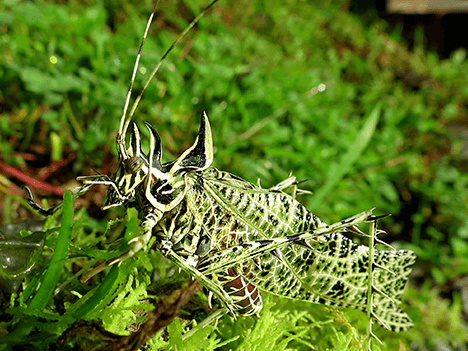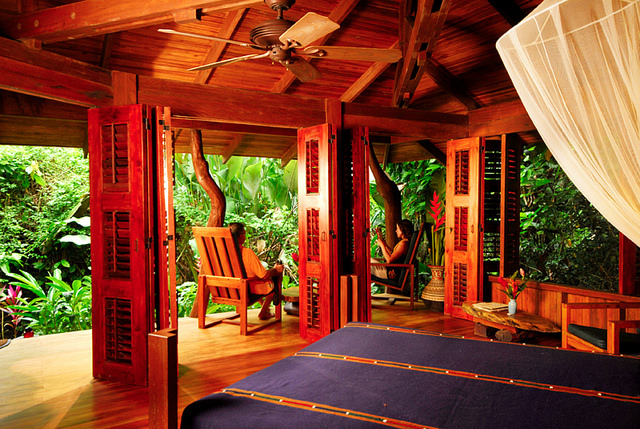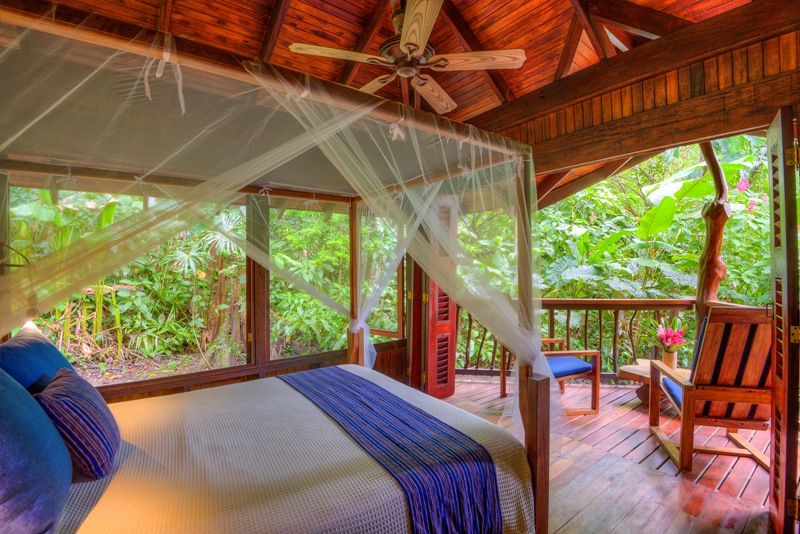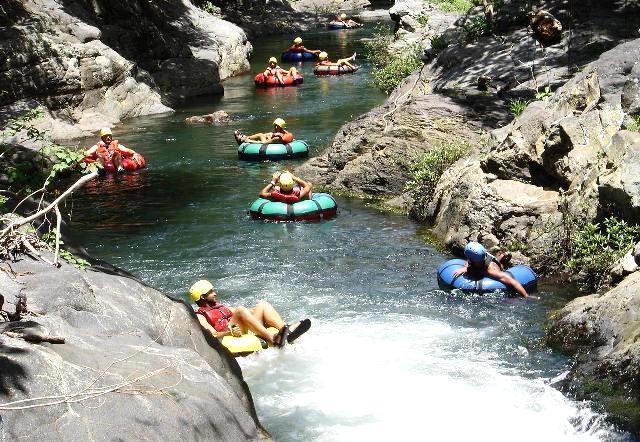Discover how fascinating and spectacular butterflies and bugs can be! Amazing Costa Rica insects are being studied by scientists at Nicuesa Rainforest Lodge.
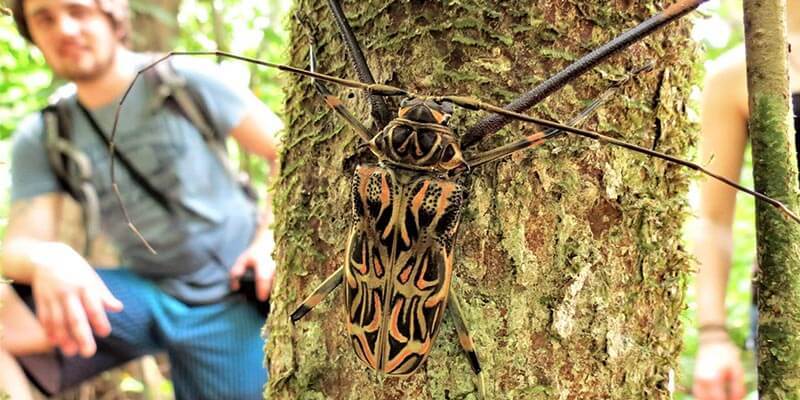
Article by Shannon Farley
Usually we just complain about bugs — how they annoy us, bite us, sting us, and crawl on us. And a lot of them are creepy-looking.
The thing is, though, that all life on our planet – including us humans – depends on the important ecological role that insects play.
It is believed that there are some 10 quintillion (10,000,000,000,000,000,000) individual insects alive at any time, according to the Smithsonian Institute. Insects – which include butterflies – form an important part of the food chain for many mammals, birds, amphibians, and reptiles. They also play a key role in maintaining the planet’s ecosystems, including pollination and seed dispersal.
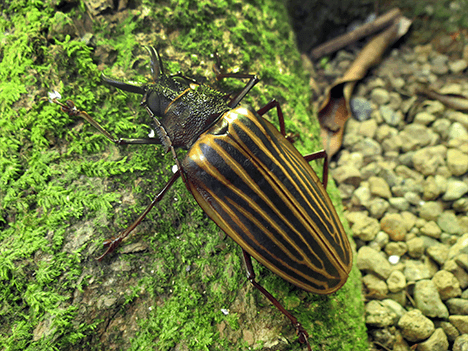
The diversity of insects in the tropics has amazed biologists for centuries. Yet it is estimated that less than 20 percent of the tropical insects that exist have been described or discovered by entomologists.
“Tropical forests are famous for the huge diversity of their wildlife. The majority of animal species are insects, which are generally neglected by conservationists because of the lack of human appreciation of importance, coupled with the general disregard and dislike of insects. This is an enormous perception impediment to their conservation,” reports the Costa Rican Insectopia Insect Museum. “Costa Rica is inhabited by the world’s most beautiful insects and their conservation needs to be understood.”
Insectopia Insect Museum and its team of scientists is now collaborating with the ecologically sustainable Playa Nicuesa Rainforest Lodge to study the biodiversity of rainforest insects in the southern Pacific region of Costa Rica.
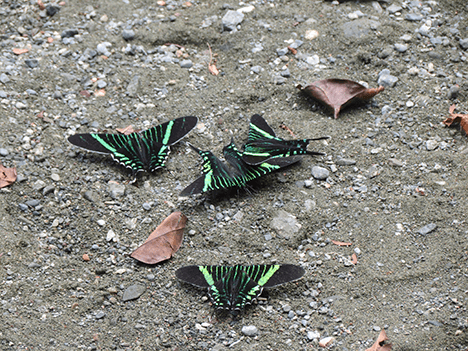
Located on the Osa Peninsula – one of Earth’s most biologically rich regions –Insectopia is dedicated to insect research, conservation and education in Costa Rica.
Covering an area of just 700 square miles, the Osa Peninsula packs an unparalleled amount of land and marine species in an incredibly small area, including more than 10,000 insects. In fact, the area is estimated to contain 2.5 percent of all the biodiversity in the world, while covering less than a thousandth of a percent of the planet’s total surface area.
Insectopia now includes the private rainforest reserve at Nicuesa Lodge and the neighboring Piedras Blancas National Park in their research area. The scientific team visits Nicuesa Lodge, located across the gulf of Golfo Dulce from the Osa Peninsula, once a month to collect insects for their studies.
As part of their commitment, they give a lecture to Nicuesa Lodge guests each time they come to the property to talk about the investigations they are doing and to share the knowledge acquired in their studies.
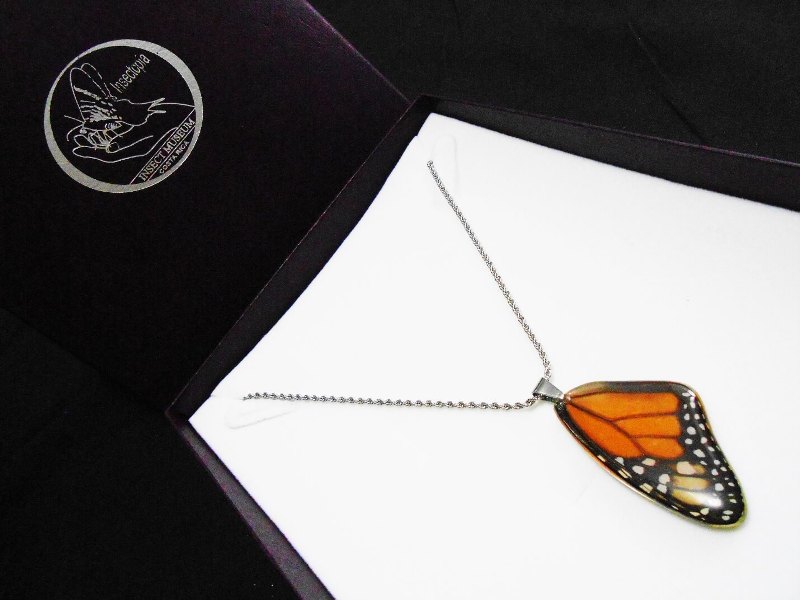
To help raise funds for their work, Insectopia sells fine jewelry they make from the wings of butterflies that die from natural causes in their butterfly garden. Guests can buy the unique jewelry at Nicuesa, and can also help the Insectopia Insect Museum’s cause by giving donations.
“At Nicuesa, we are happy to be part of generating scientific knowledge that creates a basis for decision making for sustainability and the conservation of species,” said Brayan Chaves Varela, Sustainability Coordinator at Nicuesa. “Through these projects, we take advantage of the experience of experts to educate our guests and staff of the hotel about the importance of a group of animals that is so small in size and yet huge in diversity.”
